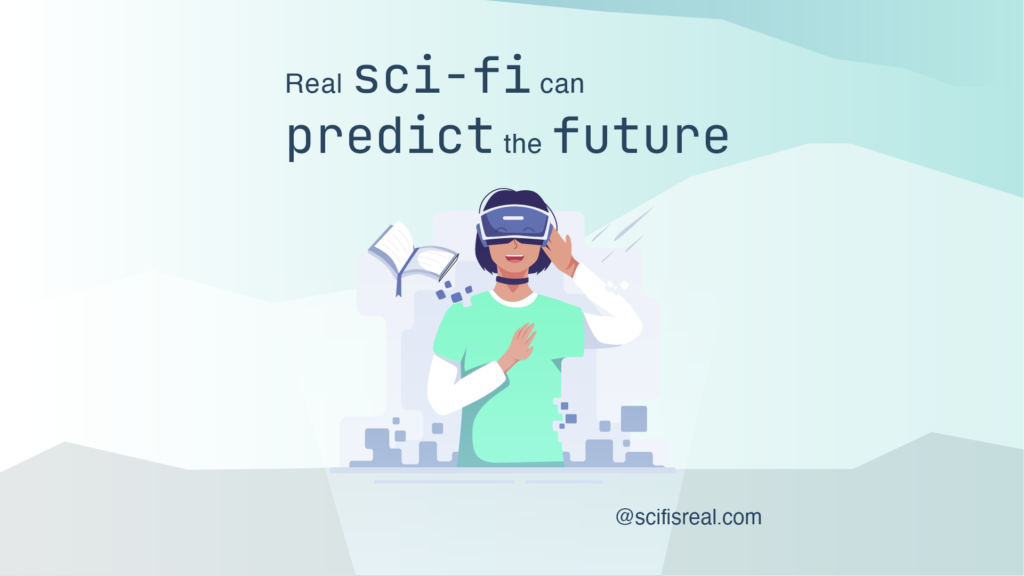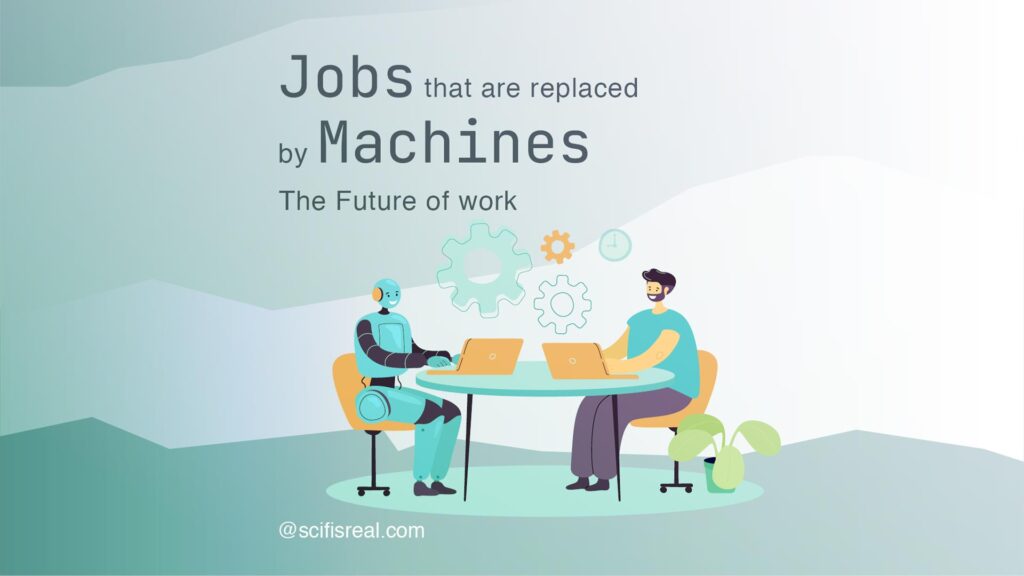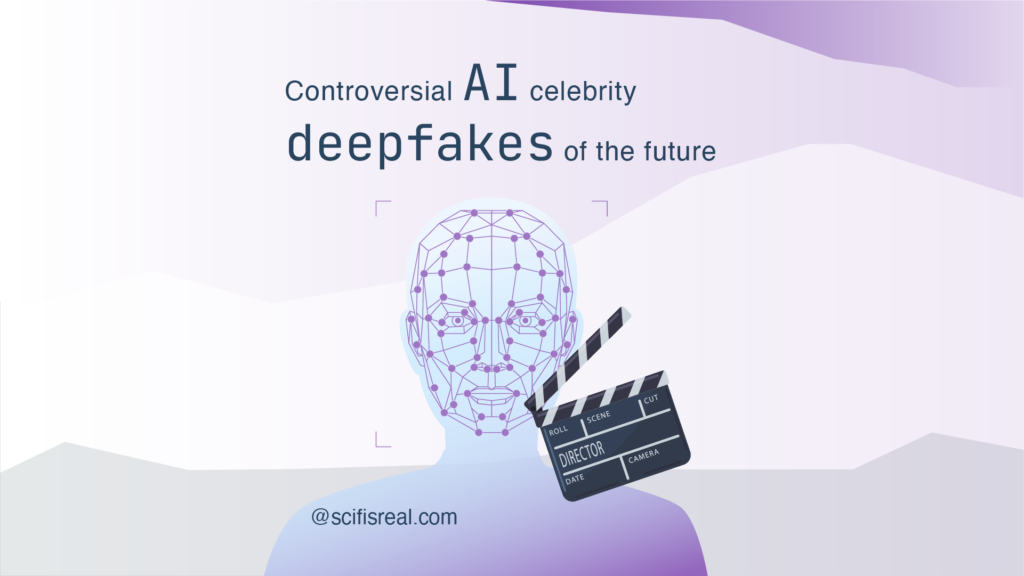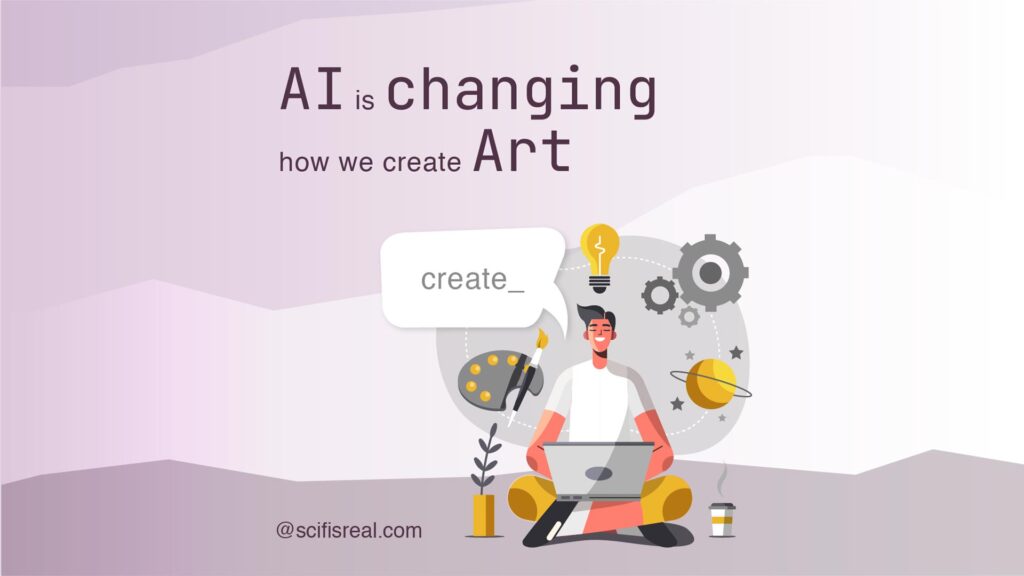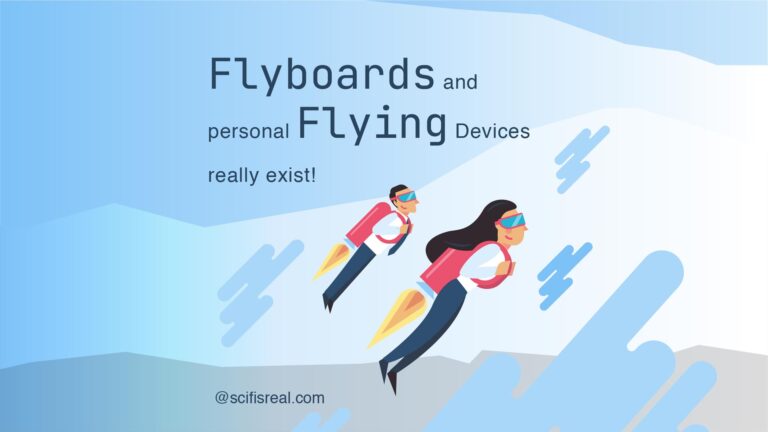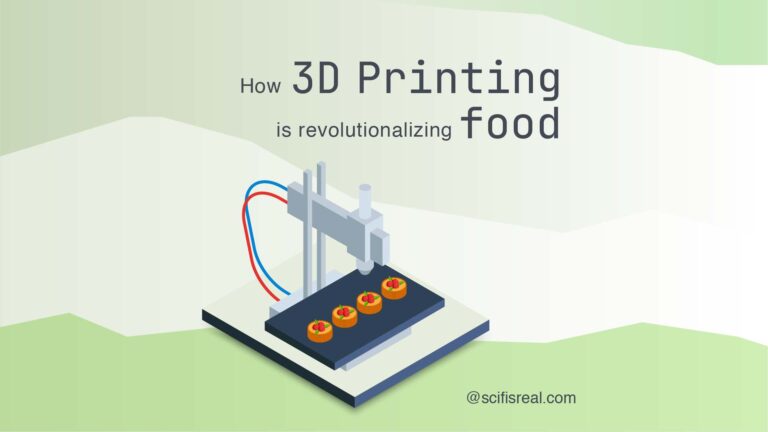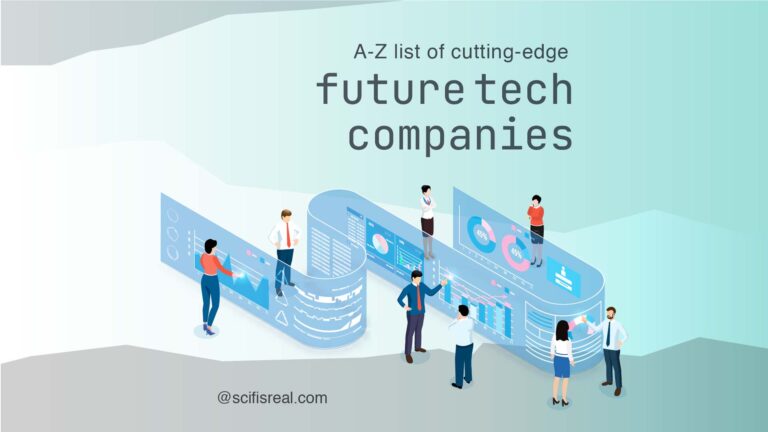The real-life dangers of artificial intelligence
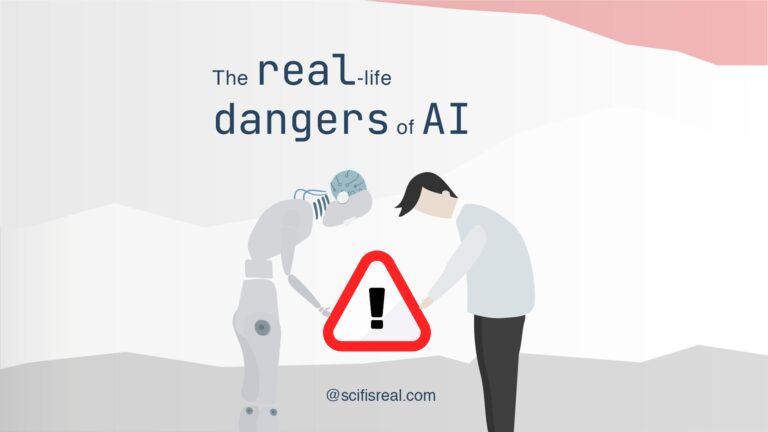
The real dangers of artificial intelligence have been on the minds of many people since the technology’s inception but should we be worried? AI can be used for good, but it could also potentially be used to cause harm or disrupt society in dangerous ways.
AI has already been used in malicious ways such as surveillance and manipulation, making it a potential danger if not properly regulated. The rise of artificial intelligence is a double-edged sword, as it could improve many aspects of our lives, but if used improperly or without regulations in place, it can lead to serious consequences.
Dangers of artificial intelligence predicted in science fiction
The dangers of artificial intelligence have been heavily explored in science fiction for years. From HAL 9000 and Skynet in “2001: A Space Odyssey” and “The Terminator” respectively, to the cyborgs of “Blade Runner” and predictive crime-prevention of “Minority Report”, these stories have served as cautionary tales about what could happen if artificial intelligence is not properly regulated and monitored.
The science fiction genre has been a great way to explore the potential dangers that come with an unregulated AI-filled future. But now is the time that science fiction is becoming reality and it’s important to understand the potential dangers that come with a future dictated by the use of machines.
Real-life dangers of the rapid adoption of AI technology
In the last couple of years, artificial intelligence technology has advanced greatly, and as a result, there are now more real-world risks associated with its use. For example, there have been reports of AI being used to target vulnerable populations with manipulated and false information. Additionally, AI-powered surveillance systems are being used to surveil whole cities and monitor people without their knowledge or consent. These types of uses of AI could lead to serious consequences if not properly regulated.
As AI technology is spreading like wildfire, people have jumped into the pot without realizing the potential dangers of artificial intelligence. As a result, it is crucial to discuss and regulate this technology in order to ensure its safe use. Regulations take time to be put in place, so it is important to raise awareness about the dangers of artificial intelligence and its potential misuse. This will help people understand the risks associated with AI and how to use it responsibly.
Without proper regulation and ethical guidelines, the potential for misuse of this powerful technology could have serious consequences. It is essential that everyone takes into consideration the potential risks associated with AI and takes steps to ensure that these technologies are used responsibly. Otherwise, we could be facing a future filled with dangerous consequences.
Ethical Concerns for artificial intelligence
There is a wide range of ethical concerns associated with AI, including issues of privacy, autonomy, and transparency. For example, AI systems can be used to monitor and track people’s behavior, which raises concerns about surveillance and invasion of privacy. The widespread adoption of AI technologies in the software we use every day is potentially monitoring our every move and there is a question of who has access to the data that is collected and how it is being used.
Job Losses due to artificial intelligence
One of the most significant risks associated with AI is the threat to jobs. As more and more businesses adopt AI in their operations, the likelihood of human workers being replaced by machines increases. This could lead to significant job losses and economic upheaval, particularly in industries like manufacturing, retail, and transportation and the dangers of artificial intelligence can lead to a great disruption to the job market.
Manipulation of AI technology
Another significant risk is AI-driven manipulation and deception. AI can be used to create highly targeted and persuasive content that can influence public opinion and spread false information at a rapid pace. This could lead to serious societal disruptions, as well as ethical dilemmas surrounding free speech and the use of AI for malicious purposes.
AI-driven manipulation and deception can take multiple forms, from the creation of deepfakes to AI-generated spam emails. Deepfakes are manipulated videos and images that are designed to make people believe something that isn’t true. For instance, they can be used to create fake news clips in which politicians say things they never actually said. These clips can be fabricated so convincingly that it is almost impossible for the human eye to detect the deceit. This can have damaging consequences, especially when such content is picked up by the mainstream media and is given credence by the public.
Another example of AI-driven manipulation is the use of AI-generated text, which can be used to craft fraudulent emails that are designed to trick people into divulging sensitive information. These emails can be customized using real personal information obtained from social media, which makes them even more convincing. Such emails can claim to be from reputable sources like banks, financial institutions, or trusted companies, making them difficult to distinguish from legitimate ones. The problem is further compounded by the fact that AI can perform many such operations simultaneously and at an unprecedentedly fast pace.
The use of AI to manipulate people’s thoughts and actions poses a serious threat to society. The real dangers of artificial intelligence are the potential to sow discord in communities, influence elections, and incite people to violence. Moreover, it raises fundamental ethical questions about the limits of free speech and the role of technology in shaping our lives.
AI used for Fraud and impersonation
AI can also be used to mimic humans and create convincing impersonations. This could lead to fraud, identity theft, and other cyber-crimes that may be difficult to detect or prevent. From voice cloning to deepfakes, the use of AI for malicious purposes is becoming increasingly prevalent and poses a serious threat to individuals and businesses alike.
Fraud and impersonation are two of the most concerning dangers associated with the advancement of AI technology. With the ability to mimic human behavior and speech patterns, AI-powered systems can be used to create convincing impersonations that can deceive even the most cautious individuals. From social engineering attacks to voice and facial recognition spoofing, the use of AI for malicious purposes is rapidly increasing and poses a real threat to businesses and individuals alike.
One of the most common examples of AI-driven fraud is account takeover scams. Through the use of social engineering and voice cloning technology, fraudsters can impersonate an individual’s voice and successfully gain access to their financial accounts. While voice cloning technology is still in its early stages, recent advances suggest that it will soon be possible to create realistic voice clones that are impossible to detect. This means that we may soon see a significant increase in voice-based scams and fraud.
Another area of concern is deepfake technology. Deepfakes are digitally altered videos or images that are created using machine learning algorithms. While the technology has the potential for positive applications, such as in the film and entertainment industry, it is increasingly being used to create fake news, propaganda, and even revenge porn. This has serious implications for both individuals and society at large, as it can lead to a breakdown in trust and a rise in social and political tensions.
Furthermore, the dangers of artificial intelligence include identity theft, which is becoming an increasingly prevalent form of cybercrime. AI-powered systems can be used to collect vast amounts of personal data, which can then be used to create fake identities or impersonate individuals online. This type of fraud can have devastating consequences for victims, including loss of money and damage to their reputation and credit score.
Bias and Discrimination in AI
The use of AI in decision-making processes can also be problematic as it may amplify existing biases and inequalities, leading to discrimination against certain groups of people. If an AI system is trained on biased data, it will likely produce biased results.
This was the case with Amazon’s AI recruiting tool, which was found to be biased against women. In addition, when AI is used in criminal justice and law enforcement, there is a risk that it will perpetuate racial and socioeconomic disparities in the criminal justice system.
The use of predictive algorithms to determine a defendant’s likelihood of reoffending, for example, poses real dangers of improper artificial intelligence use and has been criticized for disproportionately predicting higher risk for people of color due to the historical biases in the datasets used to train such models.
It is crucial that AI is developed and used in an ethical and transparent manner to ensure that it does not perpetuate or amplify existing inequalities. This could have serious implications for society and the way we interact with AI systems.
AI and lack of accountability
As AI becomes more integrated into our daily lives, it can be difficult to assign responsibility when something goes wrong. For example, if an AI-powered car causes an accident, who is responsible – the car’s manufacturer, the software developer, or the owner of the car? And what about legal documents created by AI? Who is ultimately responsible for the accuracy and legality of those documents? These kinds of questions need to be answered before AI is widely adopted.
Intellectual Property and Copyright of AI derrivatives
As AI technologies become more powerful, there is the potential for them to be used to create new works without proper attribution or recognition. This could lead to serious intellectual property and copyright violations that could threaten the livelihoods of creators.
Security Risks of AI systems
The dangers of Artificial Intelligence include security risks. AI systems can be exploited by cybercriminals to gain access to sensitive data and systems. Additionally, AI-powered cyber-attacks can be more sophisticated and harder to detect than traditional attacks, making them even more dangerous.
Autonomous Weapon Systems with AI technology
But the real dangers of artificial intelligence come with Autonomous Weapon Systems, also known as killer robots. These are weapons that can identify and engage targets without human intervention. Many experts have raised concerns about the potential dangers of these weapons, including accidental or intentional targeting of civilians, and the potential for them to be hacked or otherwise compromised.
Unintended consequences of AI
Many dangers of Artificial Intelligence are still unknown. There is always the risk of unintended consequences associated with any new technology. As AI grows more sophisticated and pervasive, it is possible that we will encounter new and unexpected risks and challenges that we haven’t yet considered.
How can we avoid the dangers of AI?
As the use of AI technology advances, it is important to be aware of the potential dangers of artificial intelligence and take steps to mitigate them. This includes introducing regulations that limit its use in certain areas, such as autonomous weapons systems or surveillance, and working to ensure data quality and accuracy. Additionally, we must also stay vigilant for any new risks or challenges that may arise as AI technology continues to evolve. With these measures in place, we can ensure that the benefits of AI are realized without risking our safety or well-being.
The need of the hour is to develop effective countermeasures to detect and neutralize such AI-generated content, while simultaneously fostering public education on the dangers of Artificial Intelligence driven manipulation. To achieve this, researchers, policymakers, and stakeholders must come together to formulate ethical guidelines and regulatory frameworks that balance the benefits of AI with its potential consequences.
